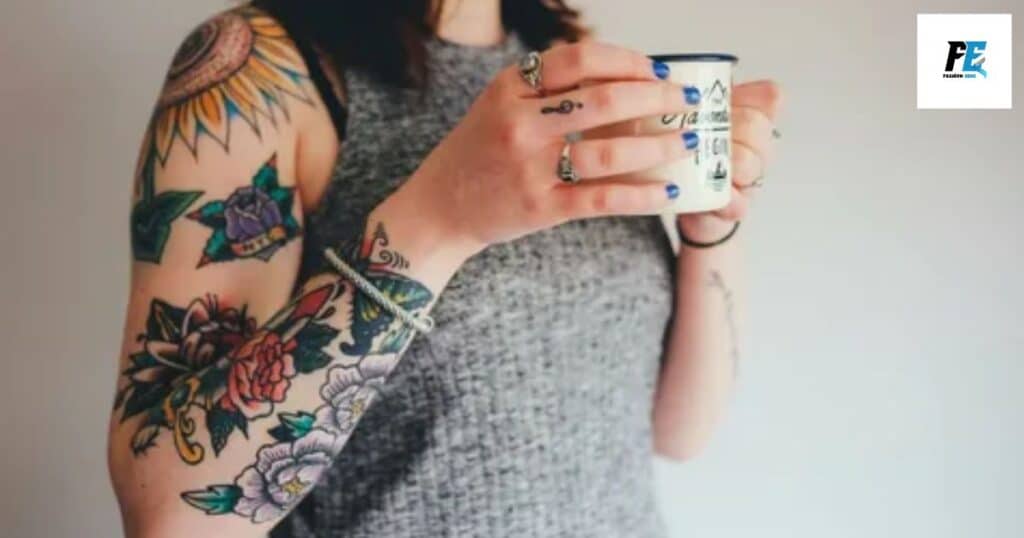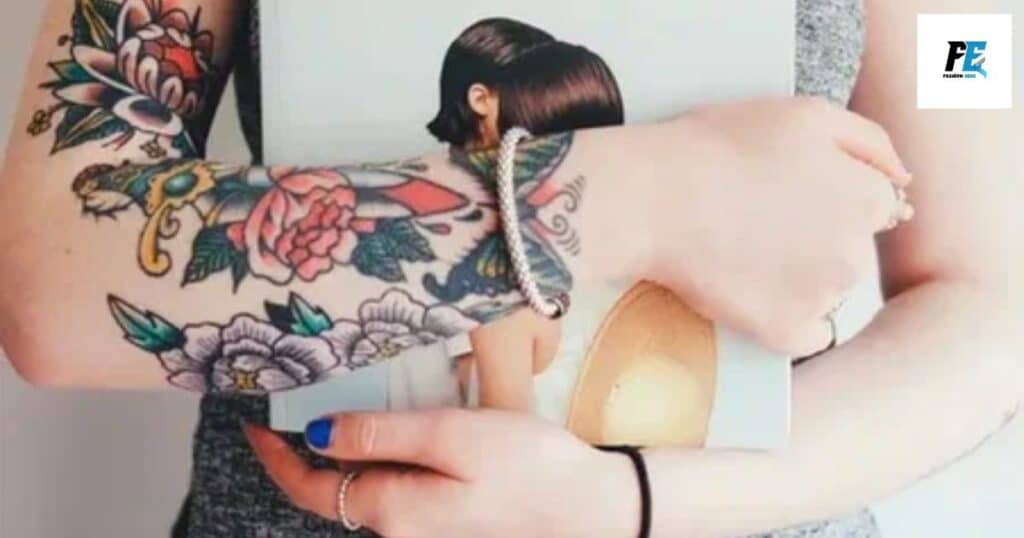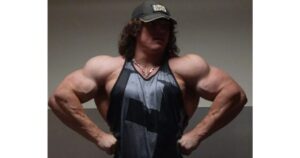Tattoos are body art. They are designs put on your skin with ink. A tattoo artist uses needles to place the ink under your skin. Tattoos are permanent. They stay on your body for life unless removed.
Getting a tattoo is a significant choice. Where you put it matters. The spot you pick affects how it looks. It can change how much it hurts. It impacts how well it ages. The location also influences who sees it.
This article will help you decide on tattoo placement. It’ll cover four key questions. These questions will guide your choice. They’ll help you pick the best spot. You’ll learn what to think about. This info will make your decision easier.
Is the Tattoo Visible?

Think about who you want to see your tattoo. Some jobs don’t allow visible tattoos. You might want to hide it from your family. Or you may want to show it off. Visible spots are the arms, legs, and neck. Hidden areas are the back, chest, and thighs. Pick a spot that fits your life and goals.
Read about: Tips on How to Care for Fresh Tattoos
You can always cover up with clothes if needed. Wrists and forearms are easy to show or hide. Feet can be hidden with shoes. Neck tattoos are always visible. Upper arms can be covered with short sleeves. Lower back tattoos stay hidden most of the time. Consider your daily outfits when choosing.
How Small or Large Is the Tattoo?

The size of your tattoo matters. Small tattoos fit in more places. They work well on wrists, ankles, or behind ears. Big tattoos need more space. They look good on backs, chests, or thighs. Think about the design you want. Make sure it fits the spot you pick. A big tattoo squeezed into a small space won’t look right.
Read about: Answers to Common Body Piercing Questions & Concerns
A tiny tattoo on a large area might get lost. Medium-sized tattoos are versatile. They can fit on forearms, calves, or shoulders. Intricate designs need more space to show detail. Simple designs can work in smaller areas. Consider future tattoos, too. Leave space if you want to add more later.
Is Pain an Issue?
Tattoos can hurt. Some spots hurt more than others. Bony areas like ribs, ankles, and hands tend to hurt more. Fleshy areas like upper arms, thighs, and calves usually hurt less. If you’re worried about pain, start with a less painful spot. Remember, pain levels vary for each person. Talk to your tattoo artist about pain concerns.
Read about: Tips to Help You Choose Your Next Tattoo Design
They can help you pick a spot that works for you. The inner bicep is often less painful. Stomach tattoos can be more painful. Spine tattoos are known to be very painful. Foot tattoos can be sensitive. Pain also depends on tattoo size and time under the needle. Breaks during long sessions can help manage pain. Some people use numbing creams but ask your artist first.
Are There Any Areas to Completely Avoid?
Some tattoo spots can cause problems. These areas might be painful or heal poorly. They could also change a lot as you age. It’s wise to think twice about these spots:
- Hands and fingers: The skin here changes fast, and tattoos often fade quickly
- Feet and toes: These areas are prone to rubbing and can be hard to heal
- Face: This is very visible and might affect job prospects
- Inside of mouth: These tattoos often fade and can cause dental issues
- Genitals: This area is sensitive and prone to infection
- Eyeballs: This is extremely risky and can damage your vision
Talk to your artist about these spots. They can give you more info on the risks. Remember, the goal is a tattoo you’ll love for years to come.
FAQs
Where to choose tattoo placement?
Choose tattoo placement based on your personal preferences and lifestyle. Consider factors like pain tolerance, visibility, and how it might affect your work. Popular spots include arms, back, legs, and chest.
Where do you get your first tattoo placement?
For your first tattoo, pick a spot that’s easy to hide and less painful. The upper arm, calf, or back are good options. These areas are also easy for the artist to work on and tend to heal well.
How do you test tattoo placement?
Test tattoo placement with temporary tattoos or by drawing the design on your skin. Use a marker or henna to see how it looks in different spots. This helps you visualize the tattoo and decide if you like its placement.
What is the rule for tattoo placement?
There’s no strict rule for tattoo placement, but consider how it will look as you age. Avoid areas that stretch a lot, like the stomach. Also, think about how visible you want it to be in different clothing.
Final Thoughts
Choosing your tattoo spot is a personal decision. Think about these four questions carefully. Consider your lifestyle, pain tolerance, and plans. Talk to your tattoo artist for expert advice. They can help you find the perfect spot.
A good tattoo placement enhances the art. It fits your life and lasts well over time. Take your time deciding. This is art you’ll wear forever. With careful thought, you’ll pick a spot you’ll love for years to come. Your tattoo can be a source of joy and self-expression when placed well.

Welcome to Fashioneens! Your go-to destination for trendy fashion tips and style guides. Join us in exploring the latest in fashion trends and unleash your inner style icon!











